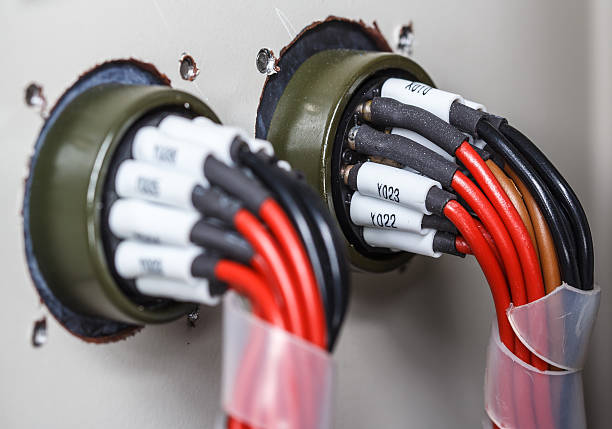Testing and tagging are crucial elements of maintaining a safe working environment. By regularly assessing the electrical equipment in your workplace, you can identify potential hazards and prevent accidents from occurring. However, it’s important to determine how often these tests and tags should be conducted to ensure maximum safety for everyone involved.
According to the rules and regulations set forth by governing bodies, such as OSHA, the frequency of testing and tagging depends on various factors. These factors include:
– The type of equipment
– The environment in which it is used
– The level of risk associated with its operation
For example, high-risk equipment like power tools or machinery used in hazardous areas may require more frequent testing and tagging compared to low-risk equipment like computers or printers in an office setting.
Additionally, the frequency may also depend on the age and condition of the equipment, as older or heavily used equipment may have a higher likelihood of developing faults or defects.
Factors to Consider for Testing and Tagging Frequency
Testing and tagging frequency should be determined based on various factors such as the equipment’s usage and the potential risks involved, ensuring the safety of everyone involved.
When considering testing frequency, it’s important to evaluate how often the equipment is being used. Equipment that’s used frequently or in high-risk environments may require more frequent testing to ensure its continued reliability. On the other hand, equipment that’s rarely used or operates in low-risk environments may not require as frequent testing.
Similarly, tagging frequency should also be based on the potential risks associated with the equipment. Equipment that poses a higher risk to users, such as electrical equipment, should be tagged more frequently to ensure that it’s safe to use.
Ultimately, the frequency of testing and tagging should be determined by conducting a thorough risk assessment and considering the specific needs of the equipment and the safety requirements of the environment in which it’s used.
Rules and Regulations for Maintaining a Safe Working Environment
To ensure a safe working environment, you should be aware of the rules and regulations in place. Here are four important factors to consider:
- Importance of employee training and education: It’s crucial to provide comprehensive training and education to all employees regarding safety protocols and procedures. This’ll enable them to understand the potential hazards and risks associated with their work and take necessary precautions to prevent accidents.
- Implementing regular equipment maintenance procedures: Regular maintenance of equipment is essential to ensure that it functions optimally and safely. This includes routine inspections, repairs, and replacements as needed. By implementing regular maintenance procedures, you can identify and address any potential issues before they escalate into safety hazards.
- Compliance with industry standards and guidelines: It’s important to comply with industry standards and guidelines related to safety in the workplace. These standards are designed to address common risks and provide best practices for maintaining a safe working environment. Staying up to date with these standards will help ensure that your workplace is in line with the latest safety requirements.
- Conducting regular safety audits: Regular safety audits help evaluate the effectiveness of safety measures and identify areas for improvement. By conducting these audits, you can identify any gaps or shortcomings in your safety protocols and take necessary steps to rectify them. This ongoing evaluation ensures that your working environment remains safe and compliant with regulations.
By considering these factors and adhering to the rules and regulations in place, you can create and maintain a safe working environment for all employees.

